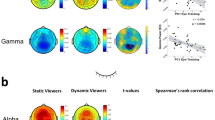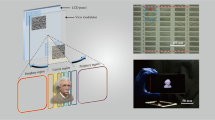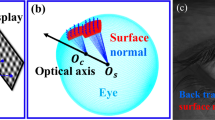Abstract
I CALL “solid” or “three dimensional” vision the faculty of the brain to interpret the flat retinal images so as to give the impression of a three-dimensional space. A person with two healthy eyes views the same object from two slightly different angles, when the muscular effort required to bring the two images into coincidence serves as the guide for estimating the distance. This is the generally accepted explanation, but shortly after I had lost the sight of one eye, a friend expressed doubts of its sufficiency on the ground that if he alternately shut and opened one of his eyes, he noticed very little—if any—difference in the three-dimensional impression. I could understand his scepticism, because previous to my accident I had experimented in the same way with the same result. Since then experience has shown me that there is a very substantial distinction between the permanent and temporary closing of one eye.
This is a preview of subscription content, access via your institution
Access options
Subscribe to this journal
Receive 51 print issues and online access
$199.00 per year
only $3.90 per issue
Buy this article
- Purchase on SpringerLink
- Instant access to full article PDF
Prices may be subject to local taxes which are calculated during checkout
Similar content being viewed by others
Author information
Authors and Affiliations
Rights and permissions
About this article
Cite this article
SCHUSTER, A. On One-Eyed Vision. Nature 117, 228 (1926). https://doi.org/10.1038/117228a0
Issue date:
DOI: https://doi.org/10.1038/117228a0



